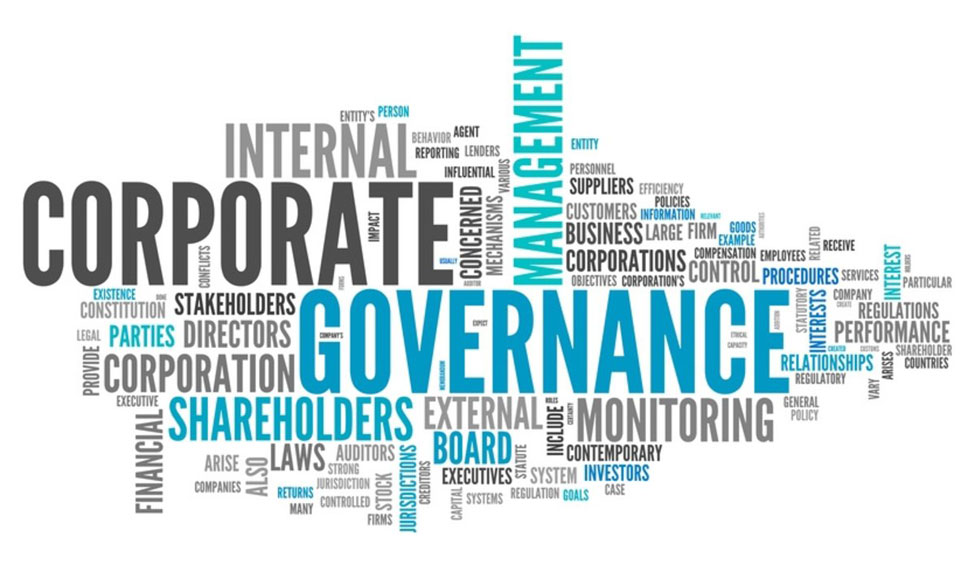The deficiency in corporate governance is not peculiar to India but is a global phenomenon, says the CEO of a US-based company that in its over 50-year existence has worked with over two million people worldwide in its leadership development programmes, adding that the prime reason for this is the archaic training methods most organisations adopt.
“Unfortunately, India isn't the only country experiencing a leadership deficit; this is a global problem,” Randy Slechta, CEO of Leadership Management International (LMI), which has been in India for more than 30 years, told in an e-mail interview from the company's headquarters at Waco, Texas.
“There are a few things causing this. First, as the world economy moves from an agricultural/industrial paradigm to a technological/information/services paradigm, the need for leadership is skyrocketing. We believe you manage things, but you lead people.”
“As business becomes based more on innovation/information/services, the contribution from people becomes ever more important. Companies have always claimed that people are their most important asset, but today this is actually becoming true.”
“Motivated, engaged people add more value to a business than any other asset. The only way to develop a motivated, engaged workforce is through effective leadership -- so the demand for more and better leaders is exploding,” explained Slechta, whose company operates in 80 countries and offers its programmes in 28 languages.
The second issue is how these leaders are being developed. Unfortunately, the usual ways -- educational courses, books, seminars and the like -- don't really work in leadership development, Slechta said.
“This is because leadership is much more than a body of information or a collection of skills and competencies. Companies have developed all of these complex models of leadership competencies and believe if they can tick off enough boxes they will have successful leaders.”
“All of this skill/competency training has had some effect, but I liken it to changing clothes. You may look different on the outside, but you are the same person underneath those clothes. Becoming an effective leader is more than just changing what you do; you also have to change who you are from the inside out,” Slechta said.
This means looking at your values, beliefs and mindsets or attitudes because if you don't change those, you really haven't changed anything, he added.
The challenge is that internal changes don't happen overnight, they take time but most companies are looking for a quick-fix rather than a long-term solution.
“Until we change our understanding of how to really develop effective leaders, we will face an ever-increasing leadership deficit,” said Slechta, who has co-authored the book “The 5 Pillars of Leadership” with Paul J. Meyer, a pioneer of the self-improvement industry and LMI founder.
The question that elicited this detailed response was: Recent events in India seem to point to a leadership deficit. What are the lessons to be learned from this?
“We focus on developing an individual from the inside. This includes clarifying their values, developing a personal mission statement, becoming more self-aware, working on personal mastery and improving congruence and authenticity in their actions," Slechta said.
While there is a lot of talk on these issues, he said, very few companies have an effective development system in this area that actually works.
“Because this is a longer development process that involves changing longstanding habits and mindsets it requires an integrated system that works over time. This is why we have been so successful. We have developed a proprietary process (the 'Total Leader' development process) that helps our clients make these changes and get the measurable results they are seeking,” he added.
What then is the Total Leader(s) Concept? In brief, it refers to the need for leadership throughout the total organisation and means that leaders must develop completely to become truly effective.
“We all start as infants, become children, then adolescents, and finally adults. Effective leaders go through a similar maturing/development process. There are specific stages of development that a leader must go through and master. Just like humans don't skip a step as they mature, leaders go through these stages in the same sequence,” Slechta said.
And what are the “five pillars” of leadership? Slechta listed these as clarity, planning, passion, trust and commitment.
Given this, the book, which has been translated into 10 languages, is appropriately subtitled “How to Bridge the Leadership Gap”.
--IANS





